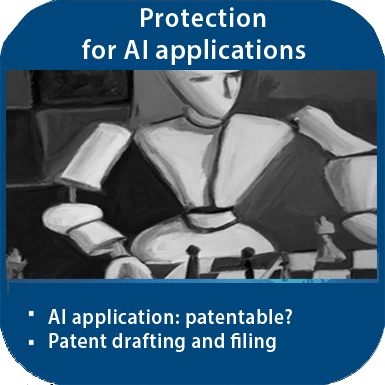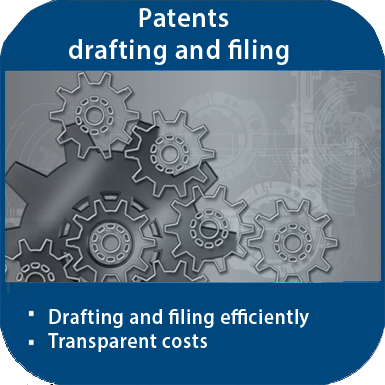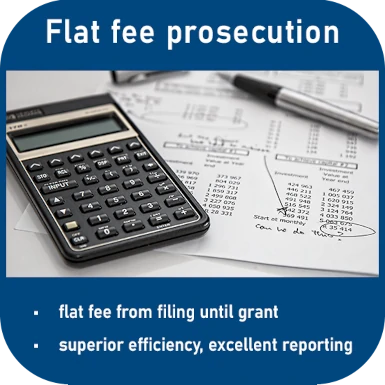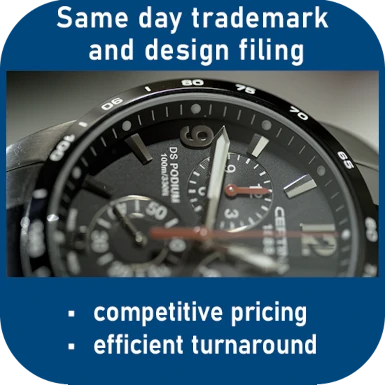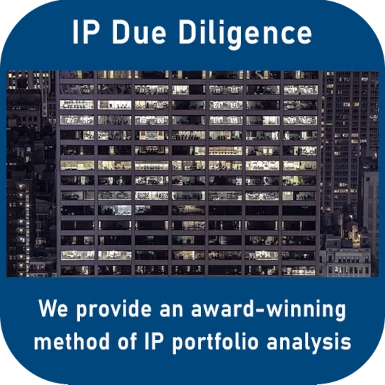BGH: Disclosure by a prior art document
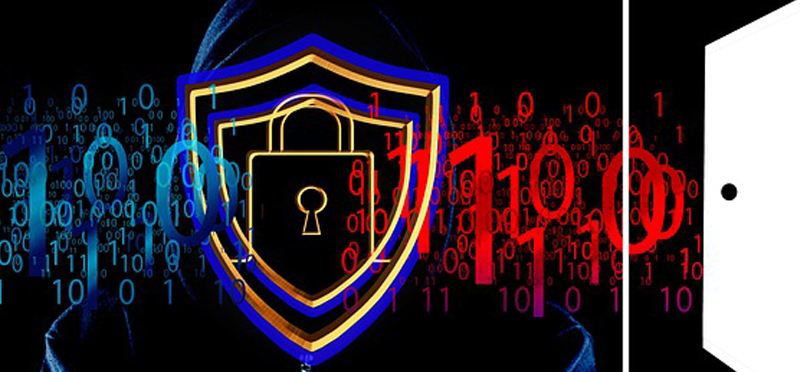
The Federal Supreme Court has ruled on a European patent for data transmission power, which describes a method for operating a radio communication system and radio stations in a communication system.
As a headnote decision, the BGH ruled on disclosure by a prior art document (Bundesgerichtshof (BGH) of 21.06.2022, ref.: X ZR 53/20).
The headnote decision
"A device with certain functions is disclosed by a prior art document only if a reproducible way to manufacture it is shown therein."
According to the Federal Supreme Court, a technical teaching is generally to be regarded as reproducible if the skilled person, with the aid of her common general knowledge, is able to manufacture the object described in the product claims and/or to carry out the process steps described in the process claims. For this purpose, not all advantages that are mentioned in the description need to be realized.
If a prior art document provides for a reduction of the transmission power on several channels for certain operating situations and the implementation of this instruction within a certain period, it cannot be concluded from the supplementary instruction to transmit on a certain channel with the specified power that an implementation of this instruction must take place within a shorter period, at least not per se.
Case-law on disclosure
According to case law, a product with certain features is not already disclosed when a prior art document claims patent protection for it. Rather, it is necessary that a concrete technical teaching can be directly and unambiguously inferred from the prior art document by means of which the claimed properties can be realized (see BGH, the judgment of 6 April 2021 - X ZR 54/19, GRUR 2021 - Cerdioxid).
According to the current decision Datensendeleistung, this also applies to a device that has certain functions. It was not necessary for the disclosed teaching to have already been implemented in practice before the priority date. However, it must have been disclosed in a reproducible manner, the BGH explained (see also BGH, February 2010 - Xa ZR 34/08 marginal no. 49).
Reproducibility of the technical teaching
A decisive aspect is reproducibility of the technical teaching. The Federal Supreme Court explained that disclosure presupposes that the person skilled in the art is able, without inventive step and unreasonable difficulties, to realize the teaching of the patent claim on the basis of the overall disclosure of the patent specification in combination with her common general knowledge at the filing or priority date in such a way that the desired success is achieved. Accordingly, the skilled person must be able, with the aid of her common general knowledge, to manufacture the subject matter described in the product claims and to carry out those process steps designated in the process claims (BGH, Judgment of 3 February 2015 - X ZR 76/13, GRUR 2015; BGH, Judgment of 29 March 2022 - X ZR 16/20, GRUR 2022).
It is not sufficient for the requirement of reproducibility that the prior art document merely states an abstract objective in keywords without even hinting at how this objective can be achieved (BGH, judgment of 29 March 2022, X ZR 16/20, GRUR 2022 - ‹bertragungsleistungssteuerungsverfahren).
Applying this standard, the patent court's view that the teaching of D3 was disclosed in a reproducible manner was correct, the BGH ruled, contrary to the opinion of the Gerechtshof Den Haag (Netherlands) in parallel proceedings.
The BGH explained that for the assessment of the question of whether the disclosed teaching was reproducible on the basis of the disclosed information, also such considerations were of importance that resulted from the supplementary use of common general knowledge. The situation was different when determining the content of the disclosure because then the decisive criterion is what the skilled person understands when reading D3. This, however, is not relevant to the question of reproducibility - contrary to the view of the appeal.
Subject matter defended with auxiliary request 1
The discussion then only concerned the subject matter defended by auxiliary request I, since all features of patent claim 1 are to be regarded as disclosed by D3. This had already been determined by the patent court - correctly in the opinion of the Federal Court of Justice - and this was not further challenged in the appeal proceedings.
The technical problem underlying the subject matter of auxiliary request I is to provide more efficient control of the transmission power. Systems in which the signals are transmitted via several carrier frequencies or with spreading codes (Code Division, Multiple Access, CDMA) come into particular consideration as an area of application.
To solve this problem, auxiliary request I provides an additional feature that in the period between the fulfillment of a first and a second criterion the transmission of the data block is continued with a lower power level. This excludes designs in which transmission on the channel on which the data block provided for in feature 1.2.1 is transmitted is completely discontinued when the first criterion is met.
According to the BGH, to realize the additional feature, it is not sufficient if the data transmission is continued on other channels, such as a control or pilot channel. Rather, the transmission of the data block must be continued. This requirement affected the data block and thus also the channel in the sense of feature 1.2.1, the BGH ruled.
However, this is not anticipated either by D1, D2, or any of the other prior art documents considered, the BGH ruled. Nor was the subject matter of patent claim 1 suggested by a combination of the UMTS standard at the priority date (D4, D4a, and D4b) with D1.
For these reasons, the patent in suit proved to be legally valid to the extent defended by auxiliary request I, the BGH finally decided and dismissed the action.
Our patent law firm offers assistance in all topics of innovation and patents - patent claim, patent application, or patent defense. For the entire national phase of the PCT application, we offer a special Flat Fee Prosecution Service, find more information HERE.
Please contact us for further information or for our service, by telephone at +49 (0)69 69 59 60-0 or via info@kollner.eu
